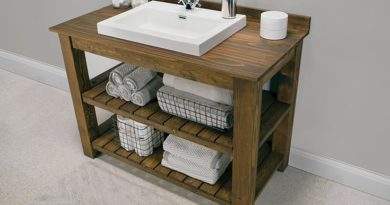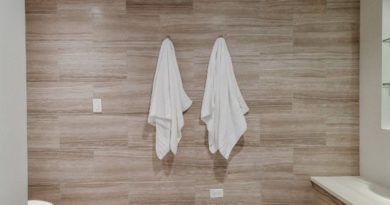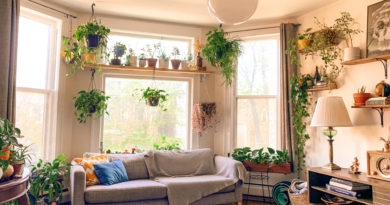How To Build A Pond In Your Backyard
**Articles may contain links that I earn compensation for if clicked and you make a purchase. As an Amazon Associate, I earn from qualifying purchases. These earnings do not actually impact the price of the product or service.
A water feature is something many avid gardeners dream about having in their backyard. But the style of the water feature must match the style of the garden.
Table of Contents
Is Building a Backyard Pond Hard?
No, it does not have to be. If done right and you do not want something super crazy and ornate, then you can knock this out in a weekend. If you want to get crazy with it and have something that is going to waw the socks off everyone who walks through your door, then maybe it will take a bit more work.
Backyard Pond Basic Planning
If you have a reasonably formal garden, a pool – square, round, or rectangular – with paving around it would be a good choice. You could add a fountain to your pool: some have jets of water that rise from just below the pool’s surface, or you could choose a combined statue and fountain. There are also more elaborate, tiered fountains designed, so the water drops down through several levels.
On the other hand, if your garden is more informal, go for a natural effect – you could combine your water feature with a rock garden have a waterfall falling into a pool. The base could be made from natural rock with a lined or concrete pool, but this would not be that easy to build.
Pre-formed or Pond Liner?
Fortunately, natural-looking fiberglass and cement pools and waterfalls are available in many shapes, colors, and sizes, which are easier to install. They cater to different schemes, ranging from a simple trickle of water down a rock to a large waterfall cascade. For a simple pool, a less costly method is to use a pond liner.
While there are some excellent preformed and long-lasting fiberglass and fiberglass and cement pools available – some even have built-in ledges – they tend to be fairly costly. Another disadvantage is that packing the ground beneath them to marry precisely with their bumps and hollows can be quite a chore.
As for lining an excavation for a pool with cement, this is hard, heavy, and messy work. For all these reasons, many gardeners prefer to make their own pools, using pool liners, probably the easiest method of constructing a pool.
Choose Your Site
First of all, choose the site for your pool – preferably an open, sunny position within easy reach of the water supply. If you’re going to have a fountain, then make sure the electricity supply is nearby.
Choose The Shape Of Your Pond
Then, think about the shape of the pool, keeping the style of your garden in mind. If it is a formal garden, a simple rectangle or circle will look well; if informal, you could go for a more irregular kidney shape. Rectangles, circles, or kidney shapes are fine, but avoid crosses, narrow waists, or dumbbells – they restrict the circulation of water in the pool. Mark out the shape on the ground with pegs and string or, if the shape is curved, with the garden hose pegged down into the shape you want.
Start Digging
Outline the shape and then start digging. The center of the pool must be about 3 feet deep, but leave a ledge around the edge about 8 inches deep to accommodate shallow-water plants.
Smooth all surfaces, being careful to remove sharp stones. Line the pit with about an inch of sand and smooth everything again. If you can’t make the sand stay in place on steep parts of the sides – always a bit tricky – use thick wads of wet newspaper plastered into position (rather like papier-mache) instead.
Heavy-duty plastic liners are the most practical material to use to line your pool. To estimate how much material you will need, measure the maximum length and width of the pool, and add 24 inches plus twice the maximum depth to each of these measurements. Thus, if your pool is 10 feet long, 6 feet wide, and 3 feet deep, you would need a liner measuring about 18 feet x 15 feet. The extra 24” should leave you with a comfortable overlap of material to work with.
Add the Water
Spread the liner over the bottom of the pool and up the sides, leaving at least 12” of overlap around the edge of the pool. Weight the overlap down with bricks, and gradually fill the pool with water. The weight of the water will press and stretch the liner into the shape of the pool.
When the pool is full, cut around the liner, leaving about 6” of overlap. Press and pleat the liner into any corners it hasn’t reached, and fill any gaps with sand. Surround the pool with ornamental stone slabs to cover the lining and protrude a few inches over the edge. This looks attractive and will prevent Koi fish from jumping out of the pool. Tread everything well down, brush off the edges, and your pool is ready for planting. Always keep the pool full of water, for direct sun on the liner will rot it.
Add Aquatic Plants
If you used a cement-based product, then before you start to plant up your new pond, leave it filled with water for about 7-10 days so that any impurities can be leached out. Then empty the water out of the pond and begin planting. There are a number of water plants suitable for a garden pond – just how many you use will depend on the size of your pond. If you want clear water and healthy fish, it is crucial to have oxygenating plants that are grown on the bottom of the pool, either in soil on the pool bottom or in flat seed trays.
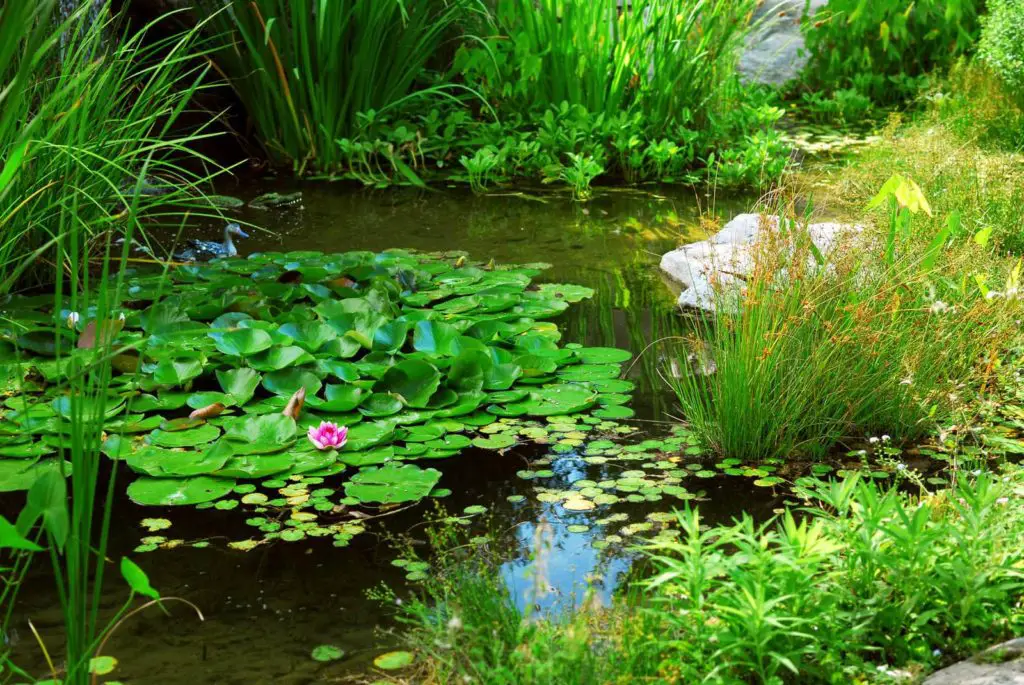
Then you should plant some of the larger water plants, such as the popular water lilies. These include the hardy water lilies (Nymphaea sp.), which are available in several different colors. Most of the large-flowered water lilies need to be planted in at least 12” of water, but there are some miniature types available that will grow successfully in shallower water and are more suited to smaller pools. Other plants that grow quite happily in shallow to fairly deep water include pickerel weed (Pontedaria cordata), water lettuce, water hawthorn (Aponogeton distachyos), water poppy (Hydrocleys nymphoides), and Horsetail reed.
The best way to plant water plants is to put them into pots or plastic plant bags filled with a rich mixture of compost and soil – put a layer of stones or pebbles on top of the soil to stop it from clouding the water. Tall-growing plants like pickerel weed and thalia should be placed either in the middle of the pond or to one side, depending on the pond’s shape and size. Water lilies and other floating plants may be placed anywhere. Be careful not to overplant your pool – especially in the beginning, as many of these water plants multiply rapidly. It is vital to have plenty of clear water (about half the pond) to provide enough oxygen for both the plants and the fish.
Add Fish
The kind of fish you have in your pool will depend to a certain extent on its size. The various kinds of goldfish, such as comets, available in red, red and white, or white; orandas, bright red; and shubunkins, shades of blue, red, and white with black markings, are the most suitable for smaller pools. Koi carp, which are available in many different colors, are best in a fairly large pool as they grow to quite a size.
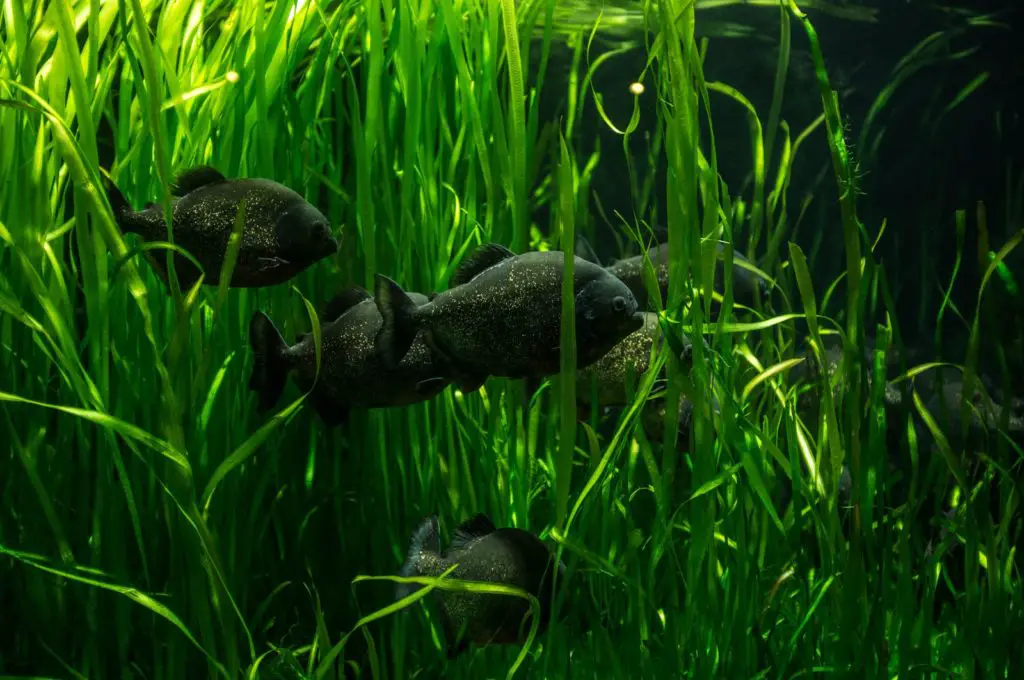
Never overstock your pool with fish – check with your aquarium dealer on how many fish you should have for the size of your pool, and what their food requirements are. lt is best not to put fish into the pool immediately after it has been planted up and filled with water. Wait a couple of weeks for the water to clear.
Enjoy your new pond!
